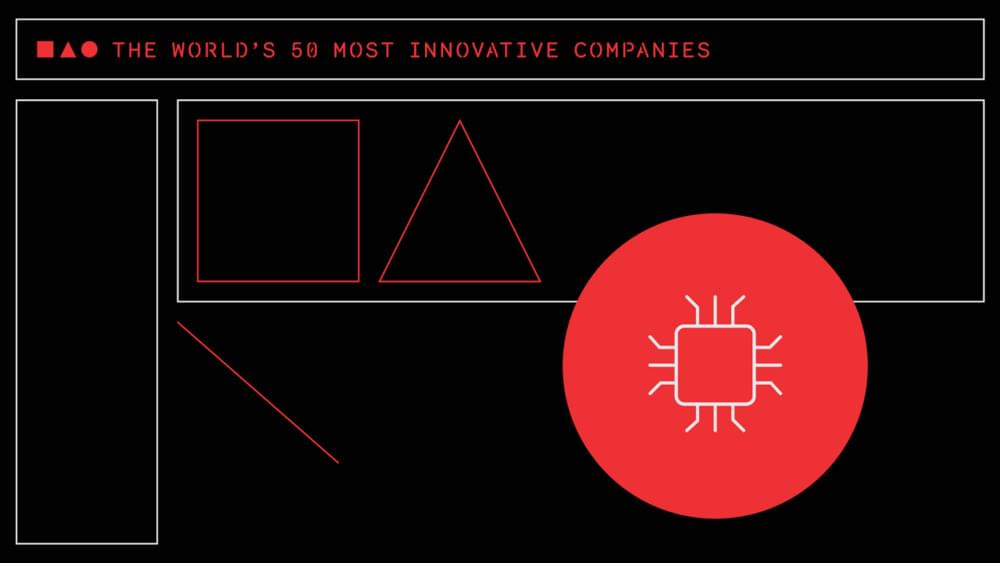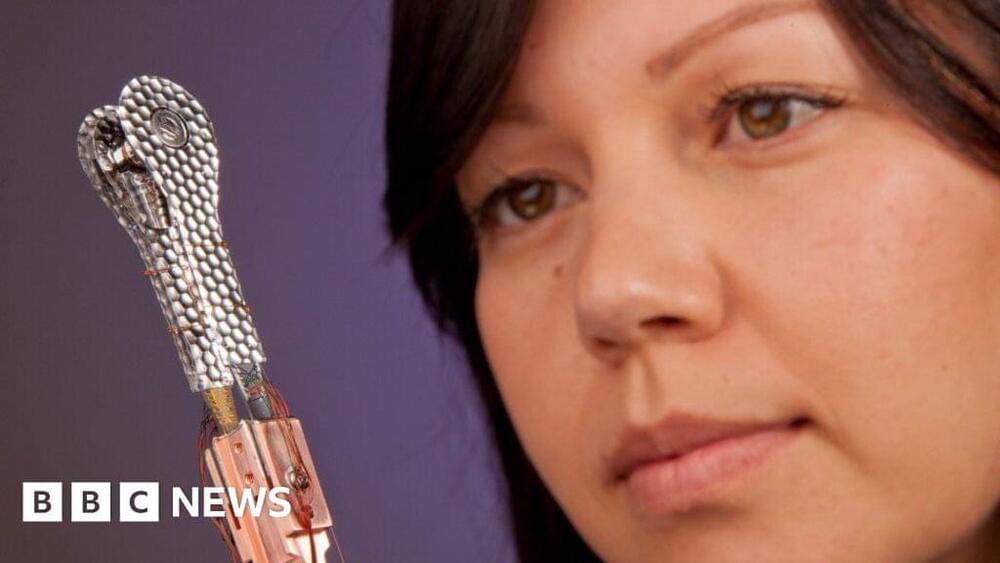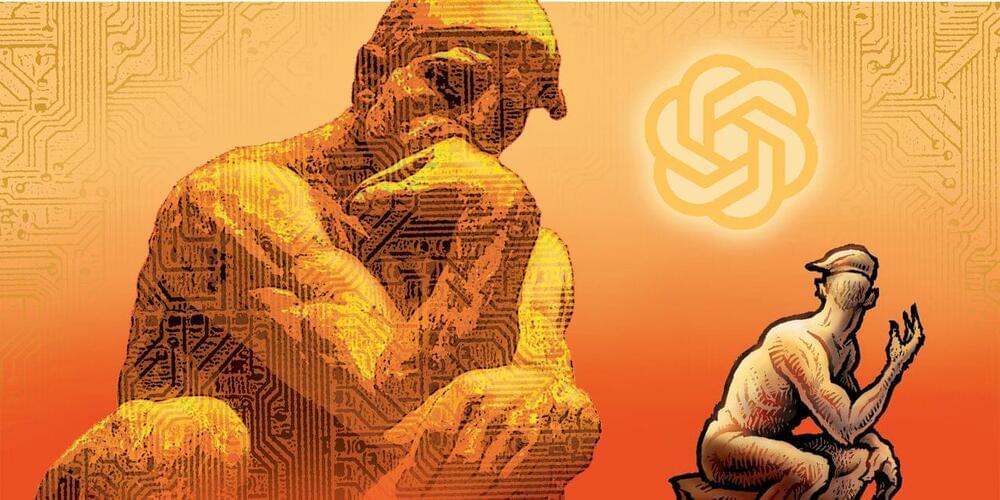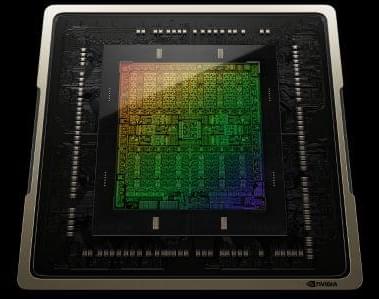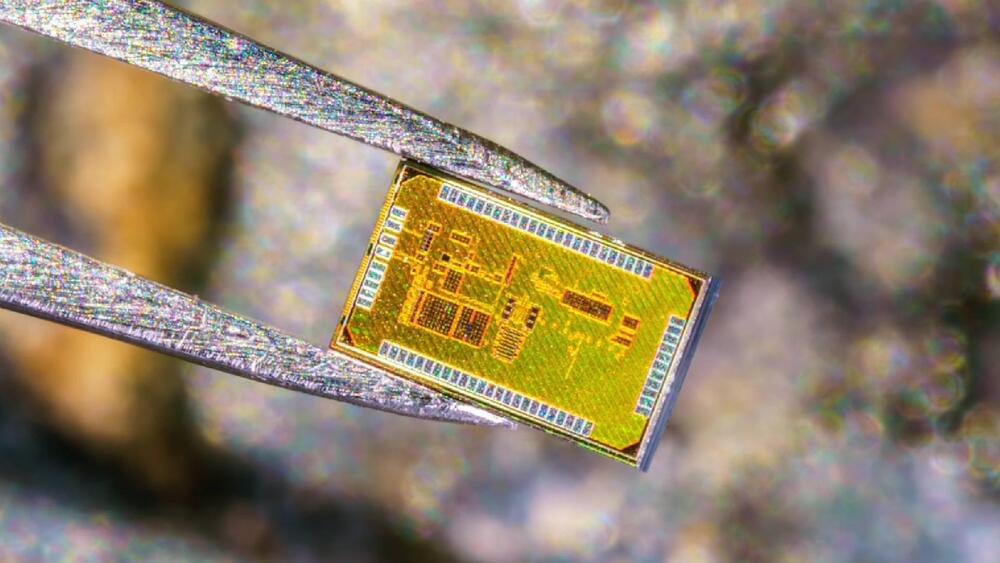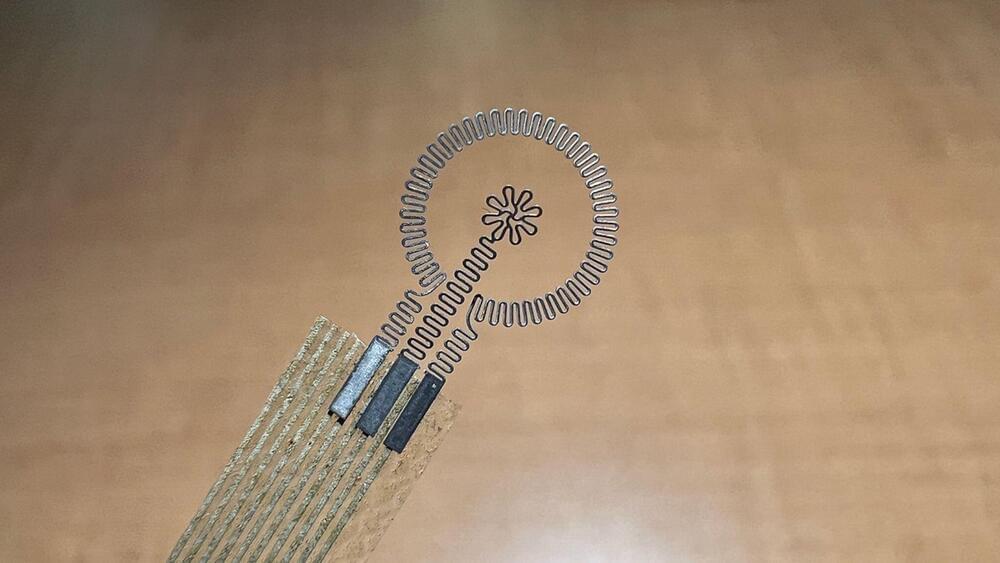A ranking of the most innovative companies in AI, including OpenAI, DeepMind, Nvidia, Builder.ai, Voxel, and others.
Category: innovation – Page 83
A joint effort in chemistry has resulted in an innovative method for utilizing carbon dioxide in a positive – even beneficial – manner: through electrosynthesis, it is integrated into a series of organic molecules that play a crucial role in the development of pharmaceuticals.
During the process, the team made an innovative discovery. By altering the type of electrochemical reactor used, they were able to generate two distinct products, both of which are useful in medicinal chemistry.
The team’s paper was recently published in the journal Nature. The paper’s co-lead authors are postdoctoral researchers Peng Yu and Wen Zhang, and Guo-Quan Sun of Sichuan University in China.
A team of scientists, including physicist Eugene Demler from ETH Zurich, for the first time, closely observed how magnetic correlations play a role in mediating hole pairing.
Superconductivity only occurs in pairs. Therefore, in order for conductance without electrical resistance to take place in specific materials, the charge carriers must pair up. In traditional superconductors, the current is made up of electrons and pairing is facilitated by the collective movements of the crystal lattice, referred to as phonons. This mechanism is well understood. However, in recent decades, a growing number of materials have been found that don’t fit within this conventional theoretical framework.
The leading theories for unconventional superconductors suggest that magnetic fluctuations, not phonons, lead to pairing in these systems, — and surprisingly, magnetic interactions arise from the repulsive Coulomb interaction between electrons. However, verifying these models in experiments is extremely difficult.
A diamond sphere made in Germany was key to December’s breakthrough fusion experiment in California.
A team of scientists has developed electronic skin that could pave the way for soft, flexible robotic devices to assist with surgical procedures or aid people’s mobility.
The creation of stretchable e-skin by Edinburgh researchers gives soft robots for the first time a level of physical self-awareness similar to that of people and animals.
The technology could aid breakthroughs in soft robotics by enabling devices to detect precisely their movement in the most sensitive of surroundings, experts say.
A new technology bids to transform the human cognitive process as it has not been shaken up since the invention of printing. The technology that printed the Gutenberg Bible in 1,455 made abstract human thought communicable generally and rapidly. But new technology today reverses that process. Whereas the printing press caused a profusion of modern human thought, the new technology achieves its distillation and elaboration. In the process, it creates a gap between human knowledge and human understanding. If we are to navigate this transformation successfully, new concepts of human thought and interaction with machines will need to be developed. This is the essential challenge of the Age of Artificial Intelligence.
The new technology is known as generative artificial intelligence; GPT stands for Generative Pre-Trained Transformer. ChatGPT, developed at the OpenAI research laboratory, is now able to converse with humans. As its capacities become broader, they will redefine human knowledge, accelerate changes in the fabric of our reality, and reorganize politics and society.
A million here, times a million there. Pretty soon you’re talking about big numbers. So Nvidia claims for its AI accelerating hardware in terms of the performance boost it has delivered over the last decade and will deliver again over the next 10 years.
The result, if Nvidia is correct, will be a new industry of AI factories across the world and gigantic breakthroughs in AI processing power. It also means, ostensibly, AI models one million times more powerful than existing examples, including ChatGPT, in AI processing terms at least.
The devices would not need batteries because they can harvest power from LTE signals instead.
Radio-frequency identification (RFID) uses electromagnetic fields to automatically identify and track tags attached to objects. This is a feature that would allow you to, for instance, know everything that is in your fridge and when it expires.
A new technology developed by engineers at the University of California San Diego can allow that possibility, according to a press release published by the institution on Tuesday.
The innovation is the first backscatter integrated circuit that can enable wireless communication and battery-less operation coming from a single mobile device.
The transient electronic bandage reduces inflammation, and dissolves into your body after use.
Northwestern scientists have created a groundbreaking medical device with the potential to revolutionize healing: an electrotherapy patch that accelerates wound recovery and safely self-dissolves when no longer necessary.
Cost-effective solution for closing wounds.
Norhtwestern University.
Year 2019 face_with_colon_three
Scientists can finally explain the ‘breakthrough’ experience.
